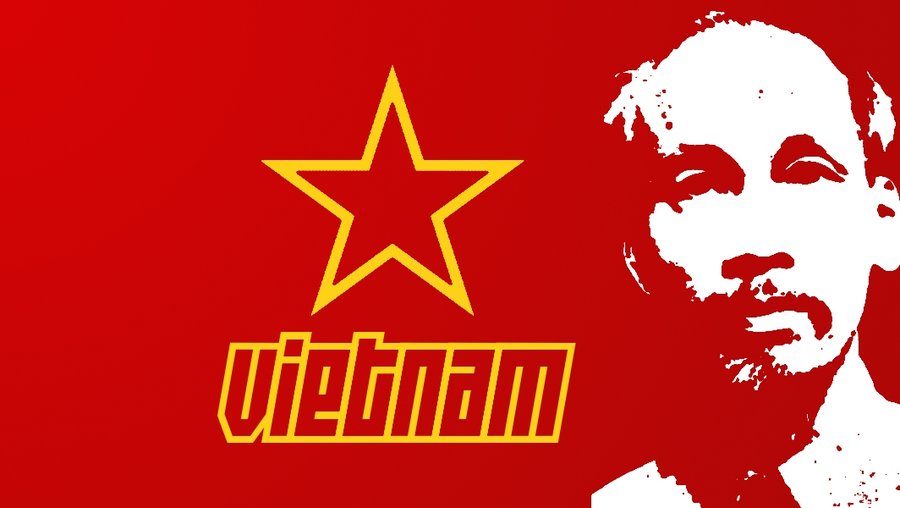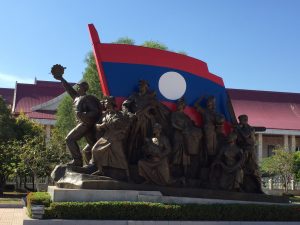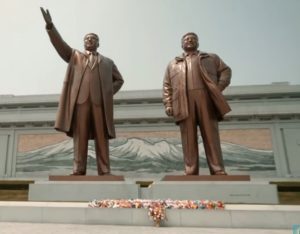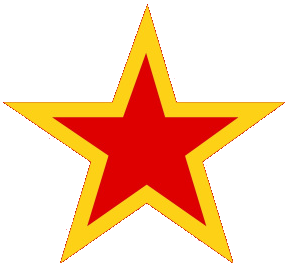For capitalism, the answer the world’s problems of poverty, hunger, war and pollution is more exploitation for greater profit. The alternative path we need to take has to be Marxism-Leninism.
Marxism–Leninism is a combination of classical Marxism (the written works of Karl Marx and Friedrich Engels) and Leninism (the ideas effected by Vladimir Lenin).
From this revolutionary philosophy, the outcome in practice is that every nation establishes a socialist state. The role of a strong Party leading the process is critical. This development of socialism in each country continues until ultimately international communism is achieved.

May Day
With the rise of industrialisation under capitalism, workers have globally organised to improve working conditions and living standards. An outcome of this has been the formation of Trades Unions.
The festivities, marches and celebrations on International Workers Day are representative of the struggle for a better life, with the hope of revolutionary change.

The People’s Republic of China was founded my Mao Zedong on 21 September 1949. The Chinese Road to Socialism has been a turbulent one. Not wishing to repeat the errors of the Communist Party of the Soviet Union, the Party has been pragmatic. China today, as the largest self-identified socialist country, outwardly displays all the trappings of a modern capitalist society, from rampant consumption to a massive gap between the urban elite and rural poor. The CPC leadership insists that the founding ideology and revolutionary history has not been forgotten.

Vietnam
The Democratic Republic of Vietnam was founded by Ho Chi Minh in 1945. The French tried to regain control and the country was partitioned between North and South in 1954. Conflict continued for the next two decades, with the United States becoming heavily involved with military support for the south.
The Viet Cong succeeded in liberating the south in 1975. The country is reunified as the Socialist Republic of Vietnam the following year. In 1979 Vietnam invaded Cambodia to oust the Khmer Rouge regime of Pol Pot.
Modern Vietnam is one of the fastest-growing and successful economies in South East Asia.

Laos
During the 1960s, Laos became subject to extensive aerial bombardment by the United States in an attempt to destroy North Vietnamese sanctuaries and to rupture supply lines.
In 1975 the Laos People’s Democratic Republic is proclaimed and a socialist transformation of the economy is launched. Twenty years later, the United States lifts its aid embargo and in 2005 establishes normal trade relations.

Following the Second World War, Korea was divided at the 38th parallel into the Communist north and the American-occupied south.
The North Korean troops, equipped with Soviet tanks crossed the 38th Parallel and took over most of South Korea. The United States recaptured the territory. The Korean War – 1950 to 1953 saw US retribution. Using more explosives, incendiary bombs and napalm than dropped on Vietnam, the US went on to reduce the country to a wasteland, destroying all of the country’s cities, towns and villages.
The U.S. bombing campaign indiscriminately attacked schools, hospitals and other civilian targets. For three years, the North Koreans feared that the U.S. would use the atomic bomb, yet again.
This experience, combined with the pre-war Japanese occupation, has had a profound, long-lasting impact on North Korea’s subsequent development.
Support from the former Soviet Union has been largely replaced with the trading partnership with China. Ultimately, North Korea believes in the self-reliance of its nation.

The revolutionary government of this Caribbean island country was established in 1959. Fidel Castro nationalised properties and business owned by U.S. corporations. Subsequently their government imposed a blockade and broke diplomatic relations. The Soviet Union became Cuba’s main supporter and trading partner. Normalised relations with the USA were agreed in 2014.
Cuba has succeeded in building an internationally acclaimed health service as well as education system.

